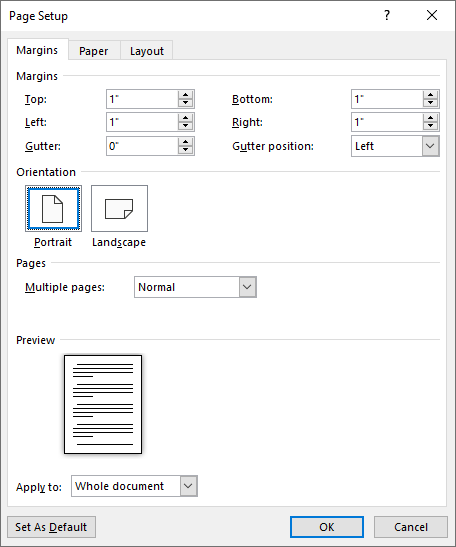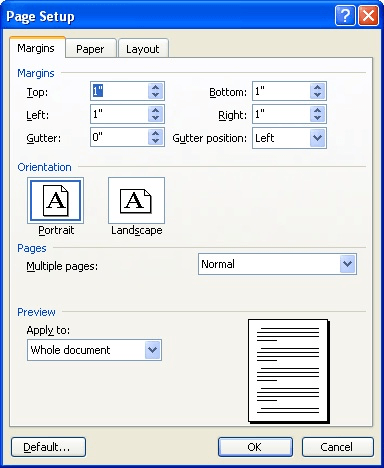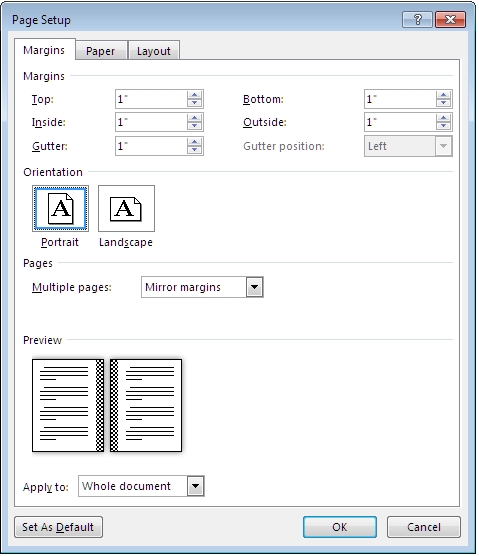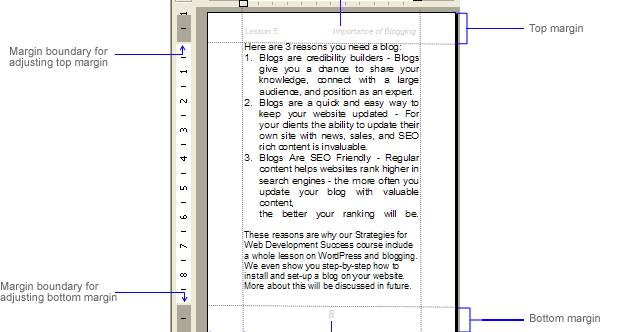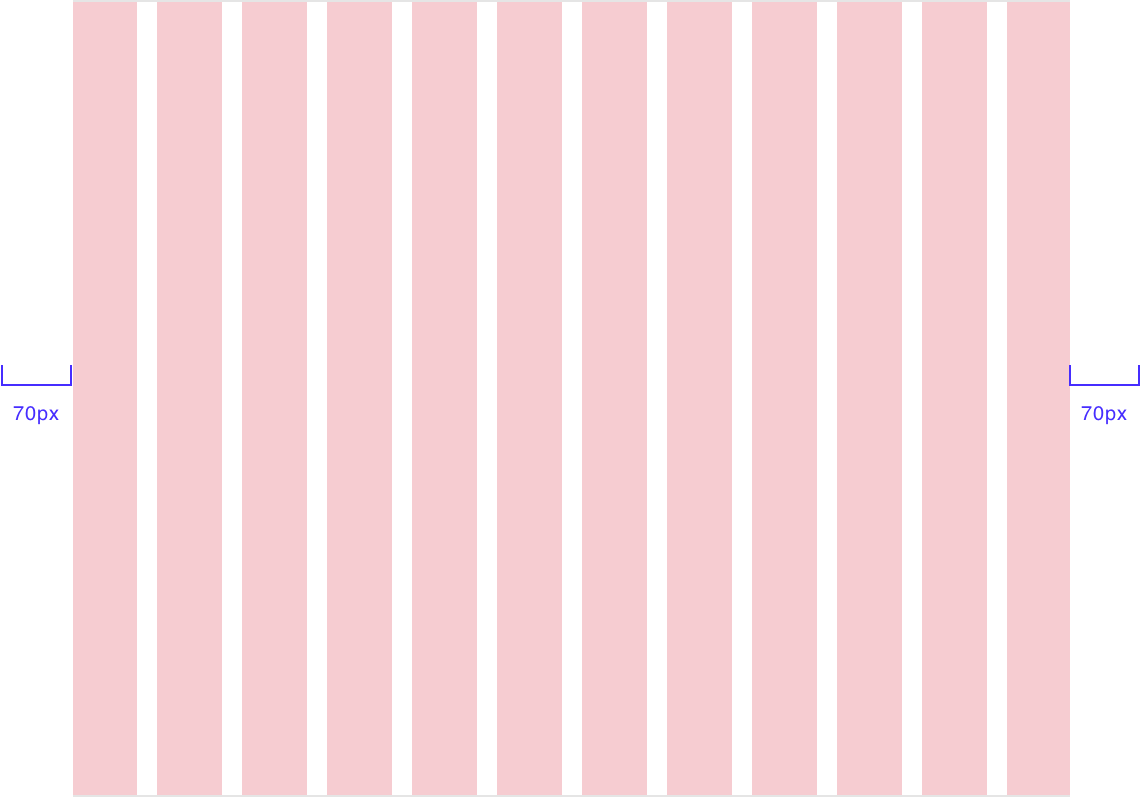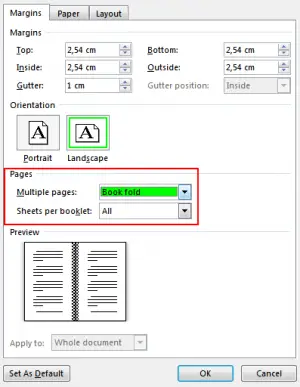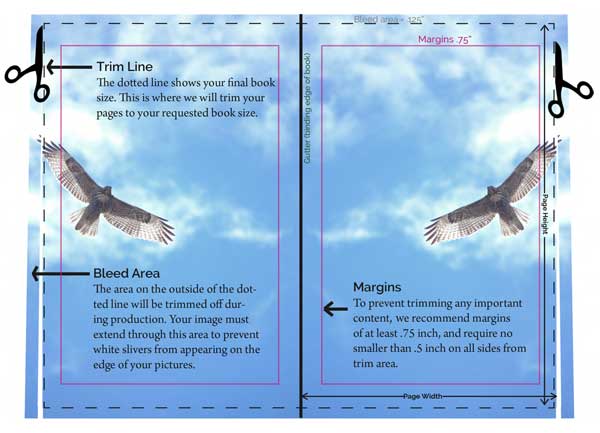Explain Inside Outside And Gutter Margins
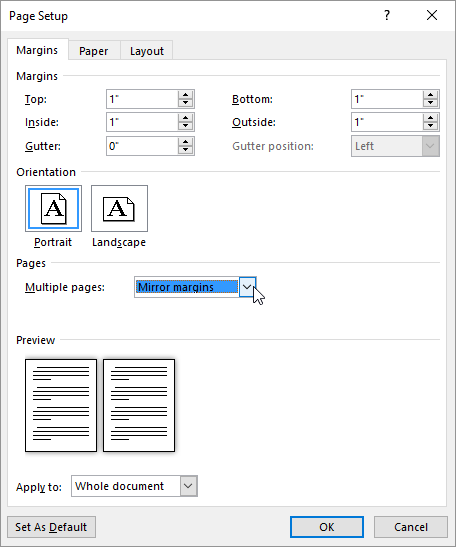
If your publication is very thick you should make inner margin wider than usual.
Explain inside outside and gutter margins. Inside margin is in big way affected by the way the publication is bound and by the thickness of the publication. By convention landscape pages whether recto or verso are oriented with the top of the page to the left. That is what you see in the photo. In a facing pages layout word refers to this type of layout as mirror margins the gutter margin is on the very inside of both pages.
Top bottom and outside margins and a 1 25 inside margin or a 1 margin and a 0 25 gutter on your portrait pages. The reason for this is that books do not lay flat when they are opened. Outside or for edge margin. A standard is to set the left and right margins at a half inch each and to then have a quarter inch gutter.
There are spots there for you to set up your left margin your right margin and your gutter. This particular book happened to be fairly thick 356 pages so i set the gutter to 0 3 inches. Also keep in mind that prepress imaging at the printer or pod vendor is going to also account for creep in the thickness of the book by moving page images away from the spine to account for the thickness of folded signatures. To make it easier for the reader to read the text you should prevent the type from hiding in the gutter.
In practice there is no difference between the gutter margin and the inside margin since both refer to exactly the same thing. This creates a gutter where the two pages join. This means that the top of the page will alternate from outside on verso pages to inside. The gutter margin is a typographical term used to designate an additional margin added to a page layout to compensate for the part of the paper made unusable by the binding process.
